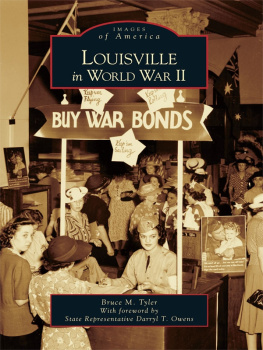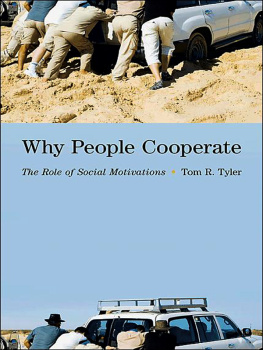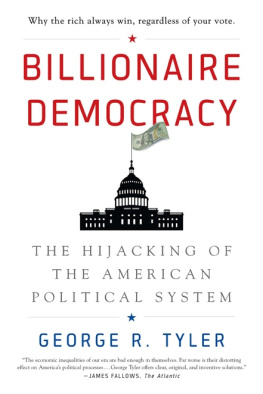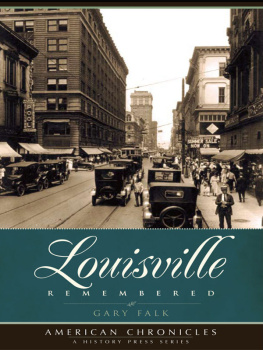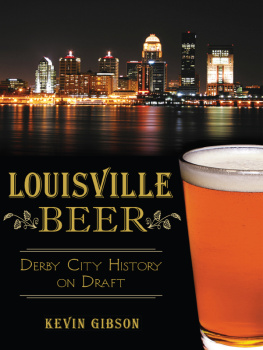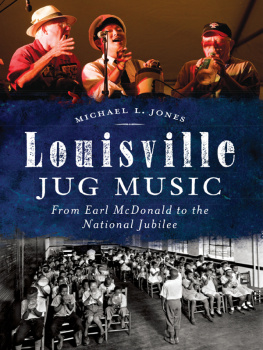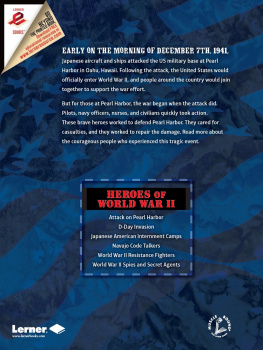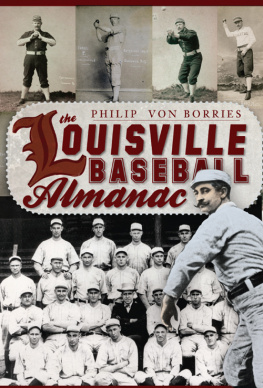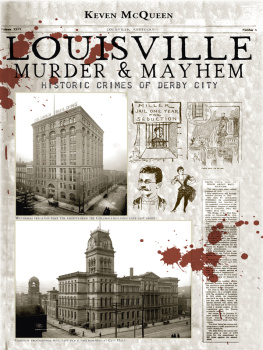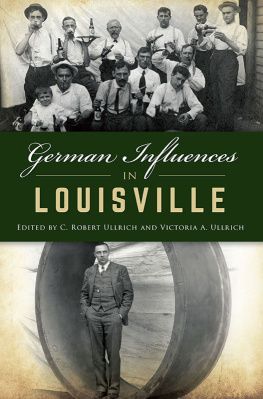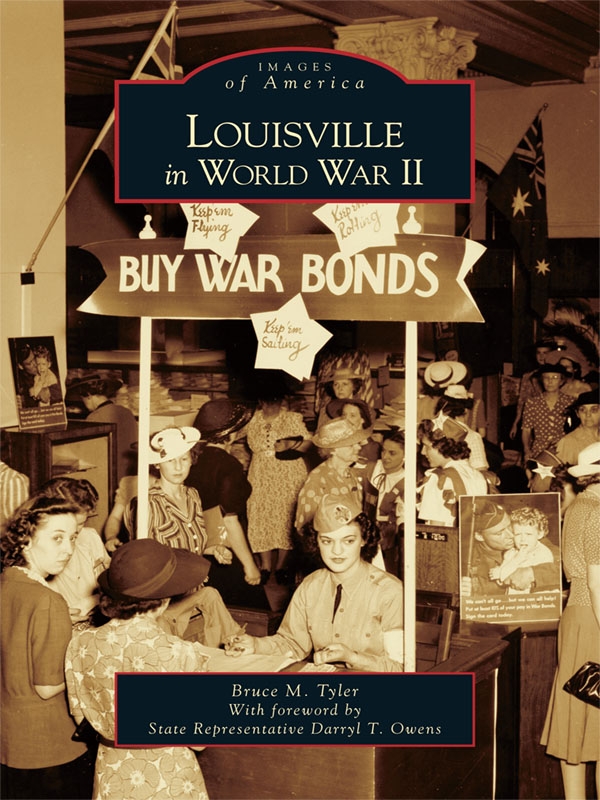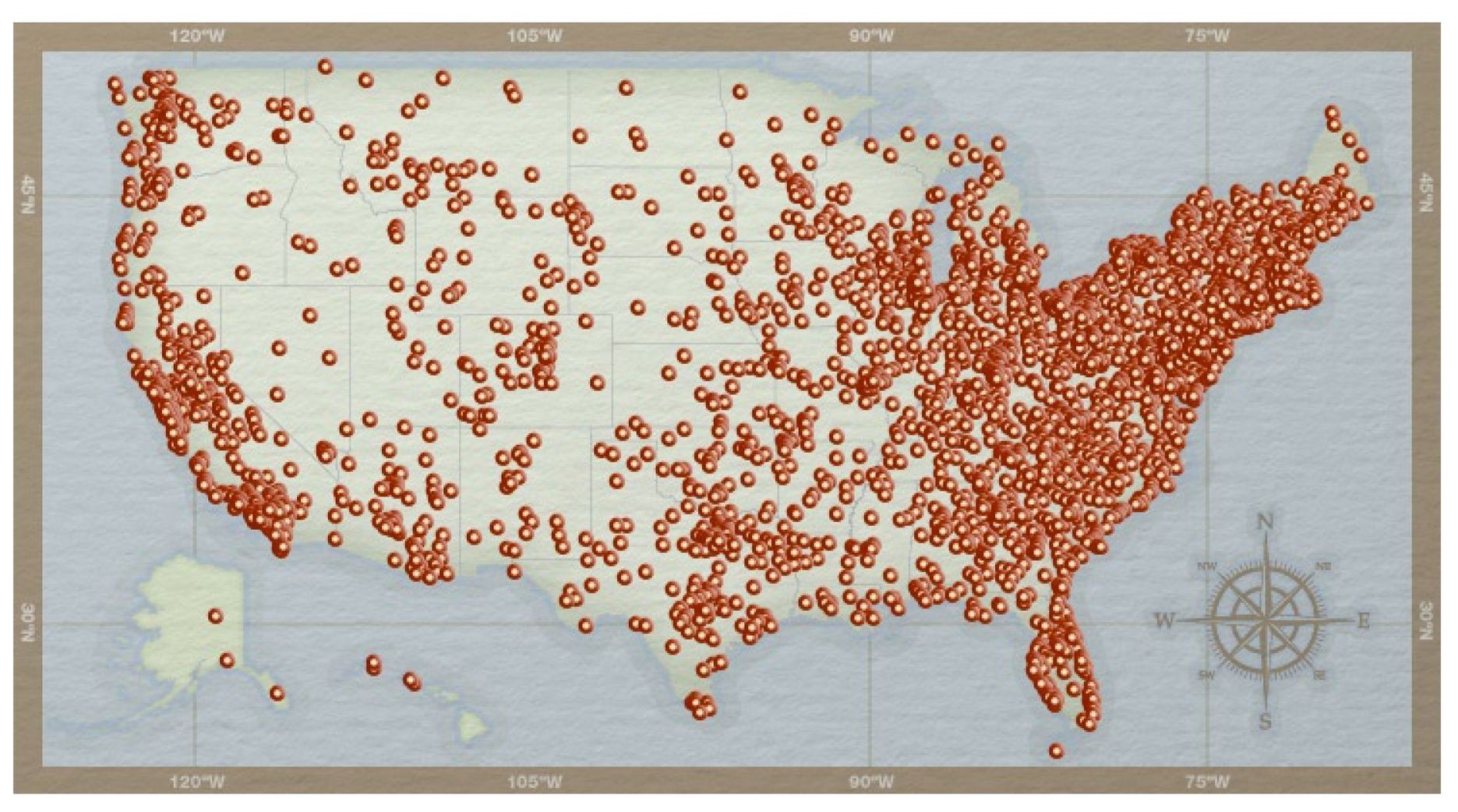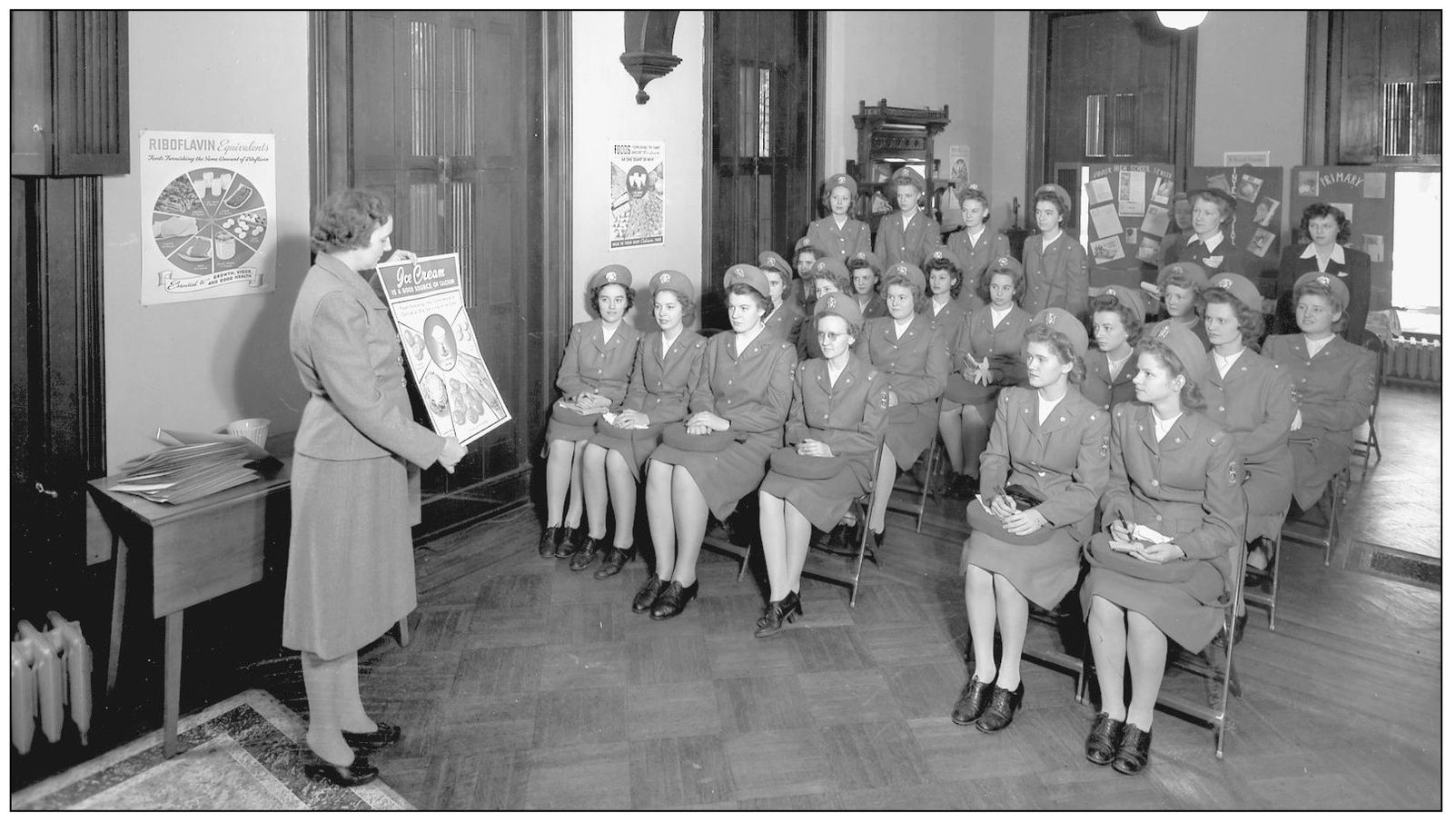One
LOUISVILLE GOES TO WAR
With the bombing of Pearl Harbor on December 7, 1941, the nation, Kentucky, and Louisville mobilized as never before for full formal war to fight Nazi Germany and Imperial Japan. Citizens of all races and economic classes united in the effort both abroad and at home. Louisvilles many industries banded together as well: the Mengel Company made wood products used in the war, and its staff burned a Nazi flag in an employee-held rally; Reynolds Aluminum Company manufactured arms and other war materials; Liberty National Bank sold war bonds at special windows; and the Louisville Ford Motor Company made at least 93,389 military jeeps out of the roughly 500,000 employed in the war. Louisville was an important industrial and military center and part of the Fifth Service Command area with surrounding states.
The 1940 U.S. Census revealed that Kentucky had a population of 2,845,000 people. Louisvilles population numbered 319,077, and it ranked 25th in the nation among other cities in population. Also Kentucky war plants set a record employment level with 172,413 employees in 1943 according to the Federal War Manpower Commission, and it expected Kentucky to exceed that number in 1944. Louisville, needless to say, led the way as the most urban and industrial section of the state of Kentucky. The 172,413 war workers across the state included both men and women, and Louisville accounted for 102,000 of the workers. Twelve thousand war workers were added to the employment roles in 1942, or about 1,000 a month. Women accounted for 10,000 of those new workers across the state. Women numbered 47,487 war workers in Kentucky, and that number was expected to rise to 60,000 by May of 1944. The Louisville War Manpower director was Harry H. Hansbrough Jr., aged 32; he had reported for military service on February 2, 1944. Louisville ranked number 18 among American cities as a vital industrial and war plant center. In short, Louisville was the regional Arsenal of Democracy. (See 1940 Census Shows Wide Inequalities, Louisville Courier-Journal , March 30, 1941, s-3, p. 9, col. 6; John P. Marcum Jr., Population, (714715) in John E. Kleber, ed. The Encyclopedia of Louisville . Lexington: UP of Kentucky, 2001; Sandy Wood, Kentucky War Plants Set Record With 172,413 Employees in 1943, Louisville Courier-Journal , January 2, 1944, s-1, p. 10, col. 69.)
The Mengel Company in Louisville was located at 1222 Dumesnil Street. At a July 4, 1944, celebration at the Fiber Container Department, management and employees burned a Nazi flag and hoisted the flag of the United States.
Shown here are students and their teacher at the Okolona Elementary School, a Louisville public school. This picture dated May 17, 1943, was made for the Central Dairy Council at 128 East Chestnut Street. It shows students how to eat healthy meals for sound bodies and minds as part of the home front effort to win the war. Note the slogan: Victory Demands Healthy Americans.
This is an image called Cadet Nurses lecture class that was made for the Central Dairy Council on September 15, 1944. Cadets were taught nutrition and healthy foods for healthy living and how to provide services to those in or going into service. The United States learned from the border fights with Mexicos Francisco Pancho Villa that hygiene and healthy habits were crucial to keeping soldiers fit to fight.
This is a photograph of the factory interior of the Porcelain Metals Corporation, on May 15, 1942. Louisville was a vital center of war production and supplies for the Armed Forces during World War II. Note the slogan hanging on a banner: YOU are a vital link in the chain of DEFENSE. Kentucky had 172,413 men and women war workers in 1943, and Louisville war workers comprised 102,000 of that number.

